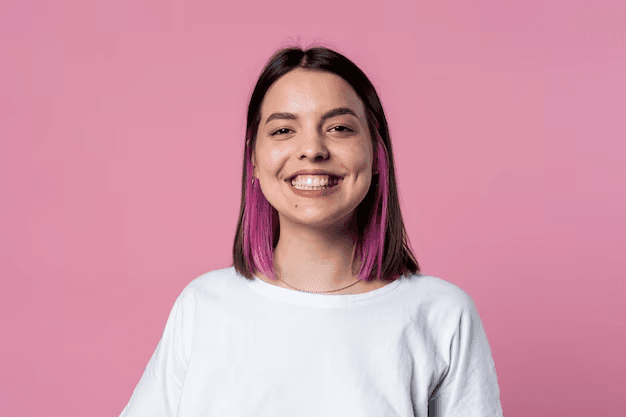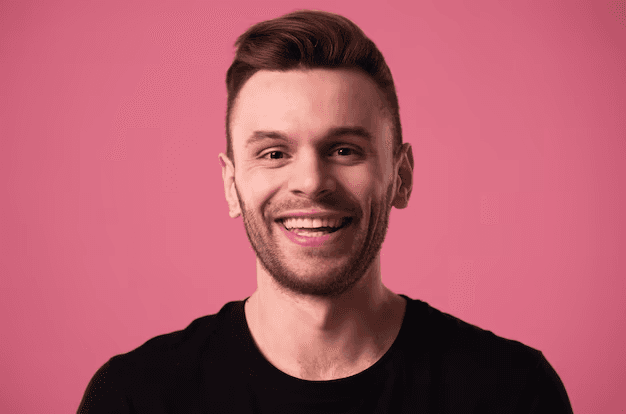February 18, 2025
How Much Does It Really Cost to Start a Fashion Brand?
Learn the real costs of starting a fashion brand, from materials and manufacturing to marketing and e-commerce, plus budgeting tips to maximize your investment.
Starting a Fashion Brand & Early-Stage Essentials
8-10 min read
Starting a fashion brand requires more than just creativity—it takes strategic budgeting and financial planning. Many aspiring designers underestimate the costs of fabric sourcing, manufacturing, branding, and marketing, leading to financial strain before they even launch.
So, how much does it really cost to start a fashion brand? The answer depends on your business model, production scale, and marketing strategy. This guide breaks down the essential expenses, provides realistic budget estimates, and offers cost-saving tips to help you launch successfully without overspending.
Step 1: Business Registration & Legal Costs
1. Registering Your Business
Before selling your first garment, you’ll need to legally establish your brand. Costs vary depending on location and business structure.
Cost-Saving Tip: Start as a sole proprietor and register as an LLC later when scaling.
✔ How ERP Helps: Tracks business expenses and tax deductions for better financial planning.
Example: A new fashion startup saved $500 by using an online legal service for LLC registration instead of hiring a lawyer.
Step 2: Product Development & Sampling Costs
1. Design & Tech Pack Creation
Creating detailed tech packs ensures manufacturers produce your garments accurately, reducing errors and costly revisions.
Cost-Saving Tip: Use KOBO PLM to create your own tech packs instead of outsourcing.
2. Fabric & Trims
Fabric costs depend on material quality and order quantity.
Cost-Saving Tip: Buy stock fabrics instead of custom-made textiles to lower minimum order quantities (MOQs).
✔ How PLM Helps: Tracks fabric suppliers, costs, and sustainability certifications.
Example: A startup cut fabric costs by 30% by sourcing from deadstock suppliers instead of custom mills.
Step 3: Manufacturing & Production Costs
1. Sampling Costs
Sampling is essential before bulk production to ensure fit, fabric quality, and construction.
Cost-Saving Tip: Work with low MOQ manufacturers to minimize initial sample costs.
2. Bulk Production Costs
Production costs depend on quantity, fabric, and manufacturing location.
✔ How ERP Helps: Tracks production lead times, order quantities, and cost per unit.
Example: A small designer brand reduced per-unit costs by 40% by sourcing from a manufacturer with flexible MOQs.
Step 4: Branding, Marketing & E-Commerce Costs
1. Branding & Packaging
Creating a strong visual identity builds brand recognition and trust.
Cost-Saving Tip: Start with minimalist branded packaging and upgrade as your brand grows.
2. Marketing & Website Setup
A well-designed website and social media presence are essential for generating sales.
✔ How CRM Helps: Tracks ad campaign ROI and influencer engagement.
Example: A DTC fashion startup increased sales by 60% within 3 months using a combination of Instagram ads and micro-influencer campaigns.
Total Estimated Cost Breakdown
✔ How ERP Helps: Manages budgeting, inventory, and financial forecasts to prevent overspending.
Conclusion
Starting a fashion brand requires careful budgeting and cost management to avoid financial setbacks. Whether you launch with a small collection or a full-scale operation, strategic planning and the right tools (PLM & ERP systems) can help control costs and maximize profits.
Next Steps:
Download our Fashion Startup Budget Planner.
Book a KOBO PLM & ERP demo to optimize cost tracking.
Learn how to reduce production expenses with smart sourcing strategies.











